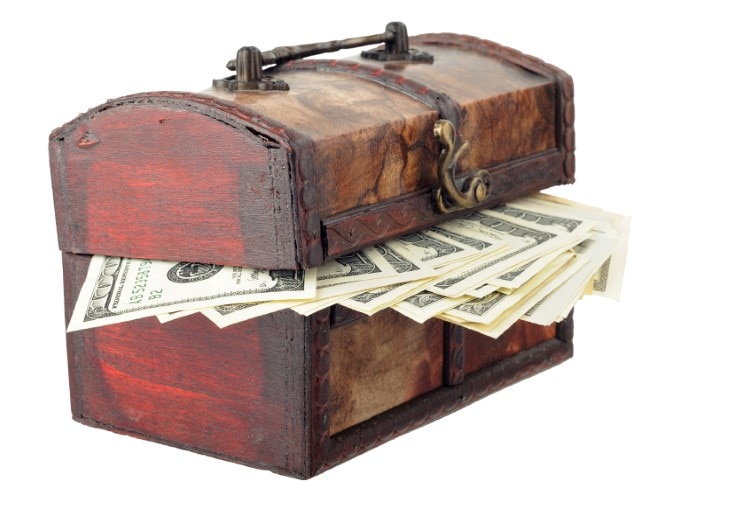Keeping a small amount of cash in your office or at your store makes it much easier for office managers, bookkeepers, and supervisors to cover occasional small purchases or expenses.
But first, what is petty cash exactly? Petty cash is a small amount of money for small expenses. Most people use petty cash for things like buying office supplies, paying for postage, and so on. Petty cash is a common form of imprest system (I.E. financial accounting system), and is a pre-designated amount that’s built into the budget and replenished after a set period of time or when it runs out.
While petty cash is a relatively small amount of money, it can be easily stolen or abused if you don’t handle it right.
So, is it worth having petty cash on hand? Or are you better off finding a different method?








